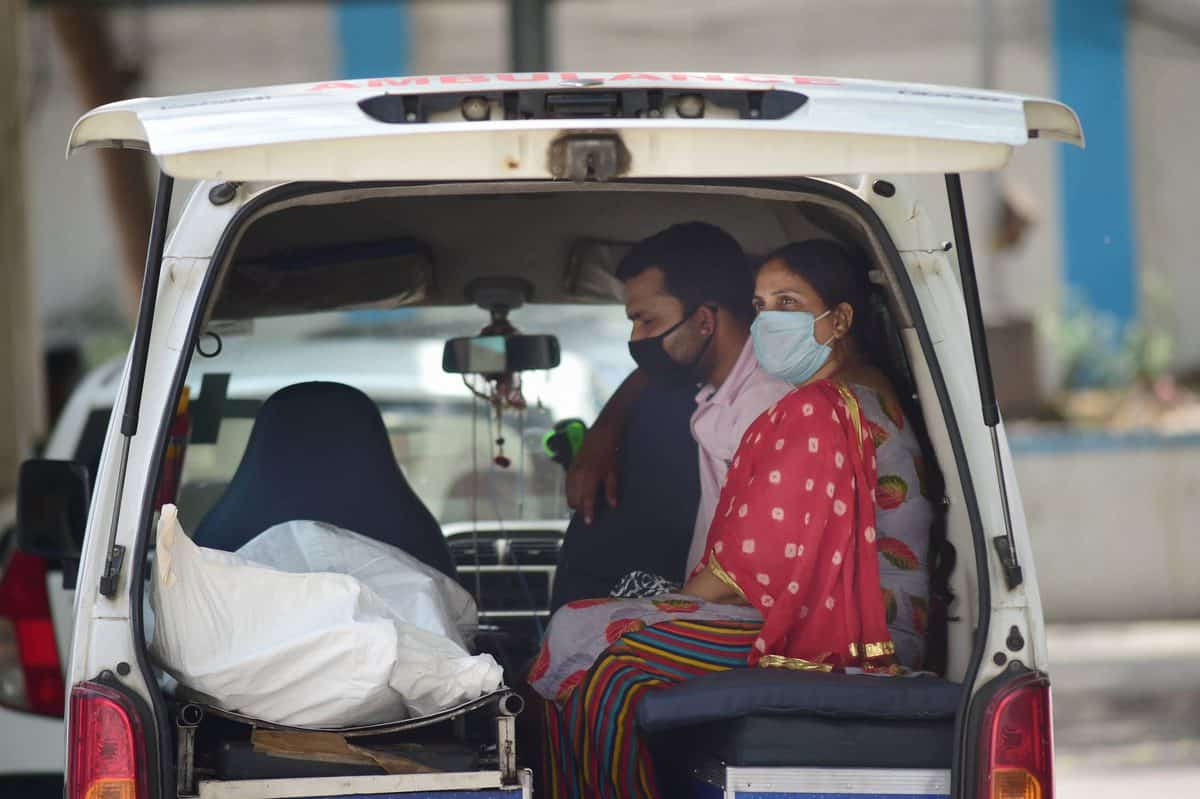
Hyderabad: Is it 4 million or 4 lakh deaths during the ongoing COVID-19 Pandemic in India?
The US based Center for Global Development claimed a huge toll of 40 lakh till June 21due to all causes, the official government figure stood at roughly 4 lakh on the comparable date.
The jury is still out, but some opinions are divided. Some experts believe the 40 lakh number is way off target and hyped while others think that the 4 lakh numbers is rather low and underplaying the reality.
On a different subject, the number of deaths due to suicide by farmers in rural India presumably due to distress put out annually by the National Crime Records Bureau for different states was also contested for several years.
For various reasons different nations have been under reporting mortality and cases due to COVID-19.
The implications have been far from healthy. Data is the most important ingredient in making scientific projections, planning measures of efficient management and preparedness. Hence, unreliable data can lead to inaccurate interpretations, which in turn could lead to disastrous consequences too.
ISB-BIPP launch India Data Portal (IDP)
In this context, one of the several initiatives in the country to create reliable data resources in the private sector has been made by the Indian School of Business (ISB)-Bharti Institute of Public Policy (BIPP), Hyderabad.
They have created the India Data Portal (IDP) with an intention of building an open resource that will be used to data enthusiasts and benefit multiple stakeholders.
The project was launched in 2018. The Portal has been operational since early 2020 with constant upgrades. It has been able to reach out to policymakers, government officials, media, researchers, students and data specialists, especially since the last one year.
The project also got funding from the Bill and Melinda Gates Foundation. It has created a functional portal that houses all the available public data on agriculture and financial services for the poor. It is evolving into a one stop, open access resource for media persons to access, interact with and visualize information, data and knowledge related to agriculture and financial inclusion. In addition, NGOs, entrepreneurs, research scholars and policy makers too can benefit, says Dr Arushi JainPortal, Associate Director, Bharti Institute of Public Policy
For example in agriculture, datasets on livestock, crops, water, public investments etc at the village, tehsil and district levels for all states with a rural and socio economic focus are available. All this information can be used to present data as an Independent representation of a particular aspect or development.
In the media, especially newspapers the use of data to present stand alone stories too has been gaining importance. Similarly, the visual media has been dependent on ‘easy on the eye’, data representation in addition to visual imagery.
The starting point for the information is the 2011 All India Census. All this information is constantly updated too.
Realizing the limitations with just an offering in English, the ISB-BIPP-IDP has launched a multilingual feature. Now, it can be accessed in Telugu, Hindi, Bengali, Oriya and Kannada too.
High Frequency Economic Indicators
To further improve the data services, the Portal has put together several high-frequency indicators (HFIs) of India’s economic recovery with JumpStartIndia@ISB project.
This will ensure a real-time analysis of patterns of economic recovery. It will provide visual insights into important indicators at daily or monthly frequency in near-real-time and at district or State-level.
According to the executive director of Bharti Institute of Public Policy at ISB Ashwini Chhatre “As the economy recovers from the pandemic-induced lockdown, we are identifying and monitoring selected parameters that indicate change in the level of economic activity on the ground at a high spatial resolution. This would help governments and policymakers in their plans and decision making to get India back on track of economic growth in post COVID scenario.”
Explaining the application part of the Portal, he said from sale of fertilizers, trade in agricultural commodities, registration of new businesses, vehicles, digital transactions and payments and demand for wage labour under MGNREGS, the HFIs provide a range of data on multiple aspects of the economy.
COVID-19 focus
During the COVID-19 pandemic, it has introduced a daily feature of ‘Daily Economic Indicators’. To give an overall picture of the data it provides a ‘Data Summary’ feature that represents primary indicators and basic statistics about all indicators. To enlarge it the BIPP-IDP of ISB has also launched a mobile application in both Android and iOS versions.
Recently, it launched the online “Better Reporting on Food and Agriculture” course in collaboration with India Spend School of Data Journalism (ISDJ).
Somasekhar Mulugu, former Associate Editor & Chief of Bureau of The Hindu BusinessLine, is a well-known political, business and science writer and analyst based in Hyderabad

